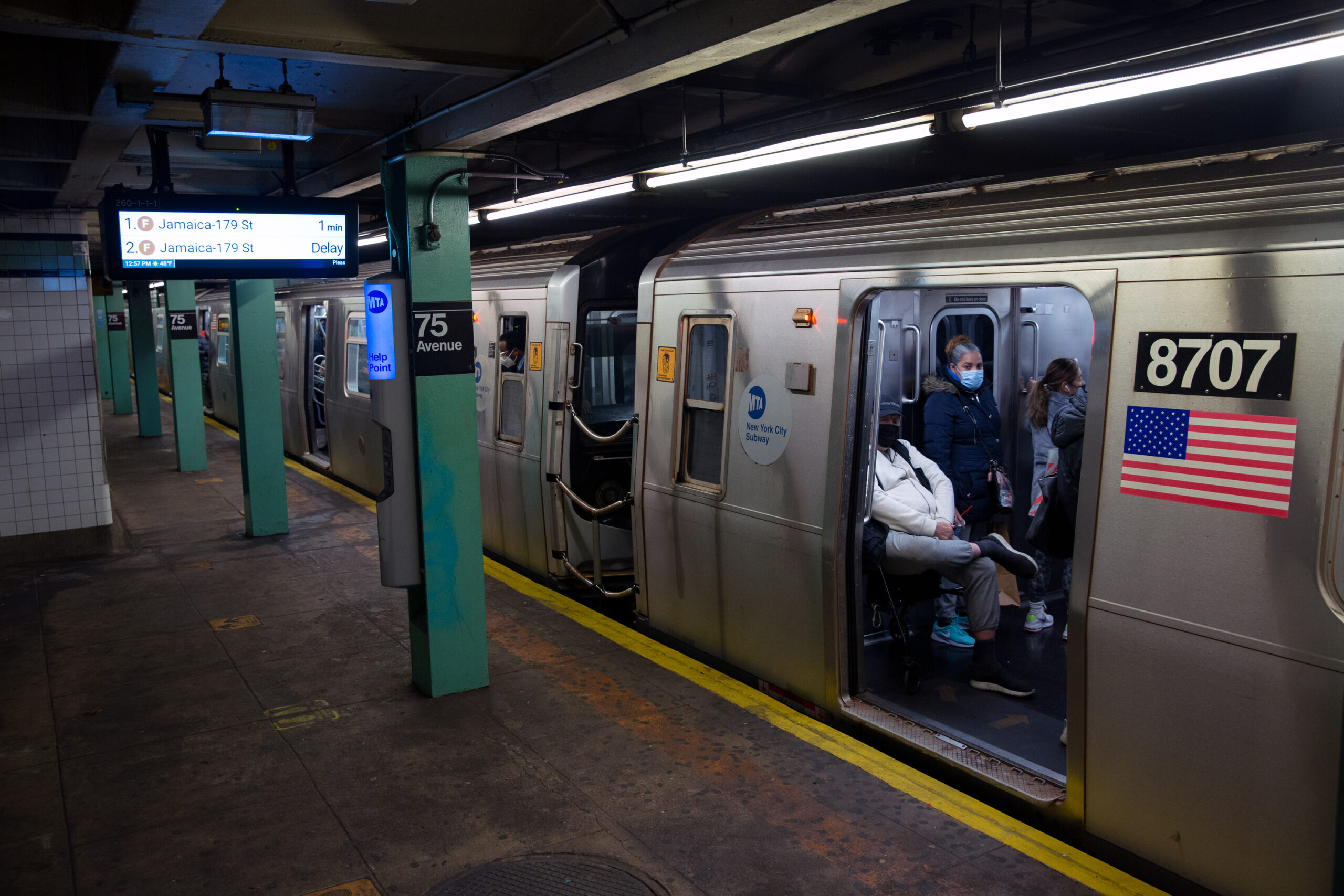Cornerstone of MTA’s Fast-Track Plans Racking Up Delays and Dollars

The MTA’s multi-billion-dollar quest to speed up subway trips by replacing ancient signals is running into delays and cost increases.
The transit agency plans to spend more than $7 billion for new signals on sections of six lines as part of its 2020 to 2024 capital program. But snags with ongoing signal replacement projects in Queens and Brooklyn underscore the headaches and challenges that can accompany such ambitious and intricate projects.
“In terms of the daily experience that riders encounter, this is the biggest issue in terms of reliability,” said Ben Fried of TransitCenter, a transit research and advocacy organization.
On many lines, the traffic lights and indicators can date to the 1930s, limiting capacity on a system strained by high ridership prior to the pandemic. But with commuters steadily returning, state-of-the-art signals are key to MTA’s $51 billion five-year capital plan to upgrade the transit system.
“The benefits are great,” Robert Gomez, the MTA’s chief signals engineer, told the agency’s board Monday. “They provide for better service, faster running times, more capacity, shorter [waits] and bring the system to a state of good repair.”
The only two lines in the subway system equipped with modern so-called communications-based train control (CBTC) signals — the L and the No. 7 — produced some of the highest weekday on-time performance in October, MTA figures show, at 93% and 91%, respectively. That’s above a systemwide average of 83% last month.
Meanwhile, the latest estimates for “substantial completion” of launching a similar signal system along stretches of the E, F, M and R lines that run beneath Queens Boulevard and the elevated F and G lines in Brooklyn have been pushed back, MTA officials said this week.
Expect Delays
The $663 million Queens Boulevard CBTC project, which was supposed to be in service this past March, is now scheduled to be operational by the end of the year, according to MTA documents — with its budget increasing to $729 million.
“It does happen far too often,” Andrew Albert, an MTA board member, said of the delays. “There will be some growing pains as different signal systems are phased in and phased out.”
And the project along Brooklyn’s elevated F line — aka the Culver Line — to modernize signals along nearly five miles of track between Church Avenue and West 8th Street, is experiencing COVID-driven delays that have pushed the substantial completion date from August 2022 to June 2023, MTA documents show.
A third signal project — which will modernize signals along the Eighth Avenue Line from 59th Street-Columbus Circle to High Street in Brooklyn — remains on time, according to the MTA, which expects the $760 million job to be completed by January 2025.
For riders on the Queens Boulevard Line, the work translates to continued weekend service diversions, with trains switching from local to express and vice versa as part of a job that began in 2017.
“The R is very slow because it’s practically the only local train we have on weekends, the E and F are way too slow and way too full,” said Martha Ligia, 62, who commutes between Manhattan and Queens on weekends to her job as a janitor. “Taking the E or F from Manhattan to Queens is a mess.”
Technical Difficulties
MTA officials have pinned the repeated resignaling delays along the Queens Boulevard Line on having to integrate technology from two different suppliers, and on software and hardware issues that caused a four-month slowdown in July.
“Think of if you were going to buy a lot of phones and you said iOS and Android had to work seamlessly together,” a senior MTA official told THE CITY Tuesday. “That’s a little bit of a process.”
An independent engineering consultant’s report in MTA board documents cited multiple concerns that could cause more delays on other signal projects — including software, communication and interoperability issues.
The report also points to the need for increased track access for crews, which Gomez, the signals chief, said has driven budget overruns.
The elevated F line project was slowed, according to the MTA, because of COVID-related snags in the delivery of equipment and materials, as well as deterioration of the elevated structure.
The independent engineering consultant’s report for the $428 million Culver Line project blamed an earlier seven-month delay in delivering signal cable on “poor project planning and coordination by the contractor.”
It also forecasts an additional three-month delay due to incomplete construction and testing and points out that the technical issues affecting CBTC work along the Queens Boulevard Line may surface on the Culver Line.
MTA officials said past signal upgrade projects on the L and No. 7 lines provided valuable lessons for the agency as it tries to expand the number of routes where trains can run more closely together.
Fried, of TransitCenter, said the MTA will need to have signal work done more than “in drips and drabs” on nights and weekends if it hopes to meet its ambitious goals for the new capital plan.
“It matters for everyone who’s riding the system now,” he said. “And it’s going to be a huge deal in terms of generating ridership gains in the future and getting people back on board.”
This article was originally posted on Cornerstone of MTA’s Fast-Track Plans Racking Up Delays and Dollars



